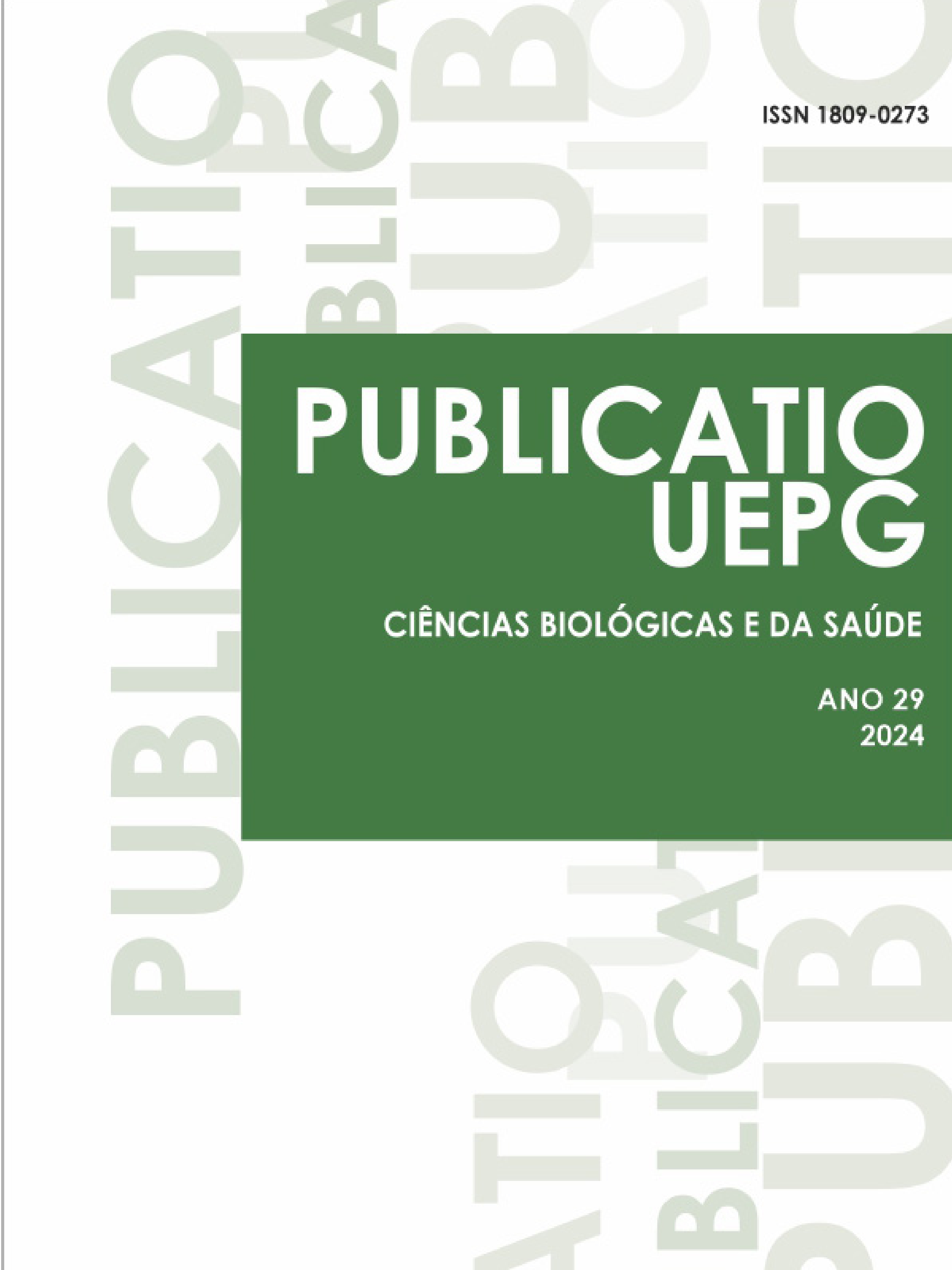O Crescimento das vilosidades e criptas intestinais de galinhas e ratos durante o desenvolvimento embrionário e pós-natal. Um estudo comparativo usando parâmetros morfométricos
DOI:
https://doi.org/10.5212/Publ.Biologicas.v.29.0001Abstract
The development of the villi and crypts determines the functionality of the small intestinal mucosa of birds and mammals. This work aimed to carry out a comparative study of the growth of the villi and crypts in chickens and rats during development. The measurements of the villus height and crypt depth were carried out using the Image J program. The results demonstrated that the growth of the villi occurred faster in chickens than in rats. The villi were well-formed on the 17th in chicken embryos, reaching a maximum height of 1000 µm on the 10th day after hatching. The villi emergence occurred later in the embryonic period of rats, and their growth was gradual, reaching a maximum height of 500 µm on the 25th postnatal day. The formation and growth of the crypts was equally faster in chickens than in rats. The chicken crypts were already differentiated at hatch, and their growth occurred until the 10th posthatching day. However, rats exhibited crypts with greater depth than chickens in adulthood. Chicks on the third posthatch day had approximately 92% of the villus height and 42% of the crypt depth above 250 µm and 90 µm, respectively. In contrast, rats on the third postnatal day had about 13% of the villus height and 4% of the crypt depth above 250 µm and 60 µm, respectively. These differences in the emergence and growth of the villi and crypts between chickens and rats could be related to the distinct nutritional requirements soon after birth.
Downloads
Downloads
Published
Issue
Section
License

Este obra está licenciado com uma Licença Creative Commons Atribuição 4.0 Internacional.
Esta licença permite que outros distribuam, remixem, adaptem e criem a partir do seu trabalho, mesmo para fins comerciais, desde que lhe atribuam o devido crédito pela criação original. Este posicionamento está de acordo com as recomendações de acesso aberto da Budapest Open Access Initiative (BOAI).


